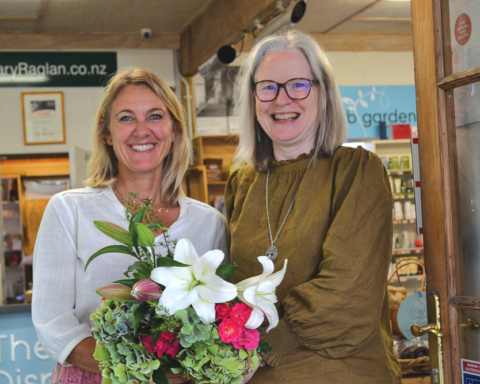What makes Raglan so special? It’s a question I’ve been trying to answer lately, and so I often ask people in interviews about their view as a prompter for debate, especially if they are political candidates.
The thing is, our town keeps changing despite people’s best efforts to stop it so I’m thinking it could be really important to get a proper answer. If we don’t know what makes this place so special – and how Raglan became Raglan – then we probably won’t be able to preserve the whatever-it-is quality that attracted so many of us here.
Richard Bax, a former council manager, says Raglan really stands out as a place where people don’t want things to change. We rebuilt the wharf to be as similar to the old one as we could and we put in a new footbridge as close to the old one as possible even though there might have been better ways to do it.
Even though the instinct is right, this kind of change prevention really won’t work. Change will happen regardless so we need to develop a vision of what we want the town to be like, a really specific vision, based on an understanding of what makes this place tick – and use that to direct change.
As I type I realise I may have just described the revitalised Raglan Naturally project but there’s one specific area that I want to focus on: housing. I don’t have an immediate answer to what makes this place special but I’m confident the housing situation will have a huge influence over the type of place we’ll be in the future.
With all due respect to my fellow middle class Raglanites, I think it’s the artists, hippies and surf bums who’ve had the major influence on how this town has evolved. Well, them and people who are on the run from Hamilton, too. They’re the ones with the time and presence in the town to create culture.
Through no fault of anyone in particular, they’re being replaced by people who work long hours (probably in Hamilton) to pay off the huge mortgage they just took out because they wanted to move to Raglan and enjoy the local culture.
I’m not trying to point the finger at anyone but I am attempting to ask a question that goes like this: How are we going to ensure there is low cost housing in Raglan so that we can maintain a diverse group of people in town?
Aaron Mooar is host of the Morning Show on Raglan Community Radio 98.1FM and streaming live at www.raglanragdio.com










